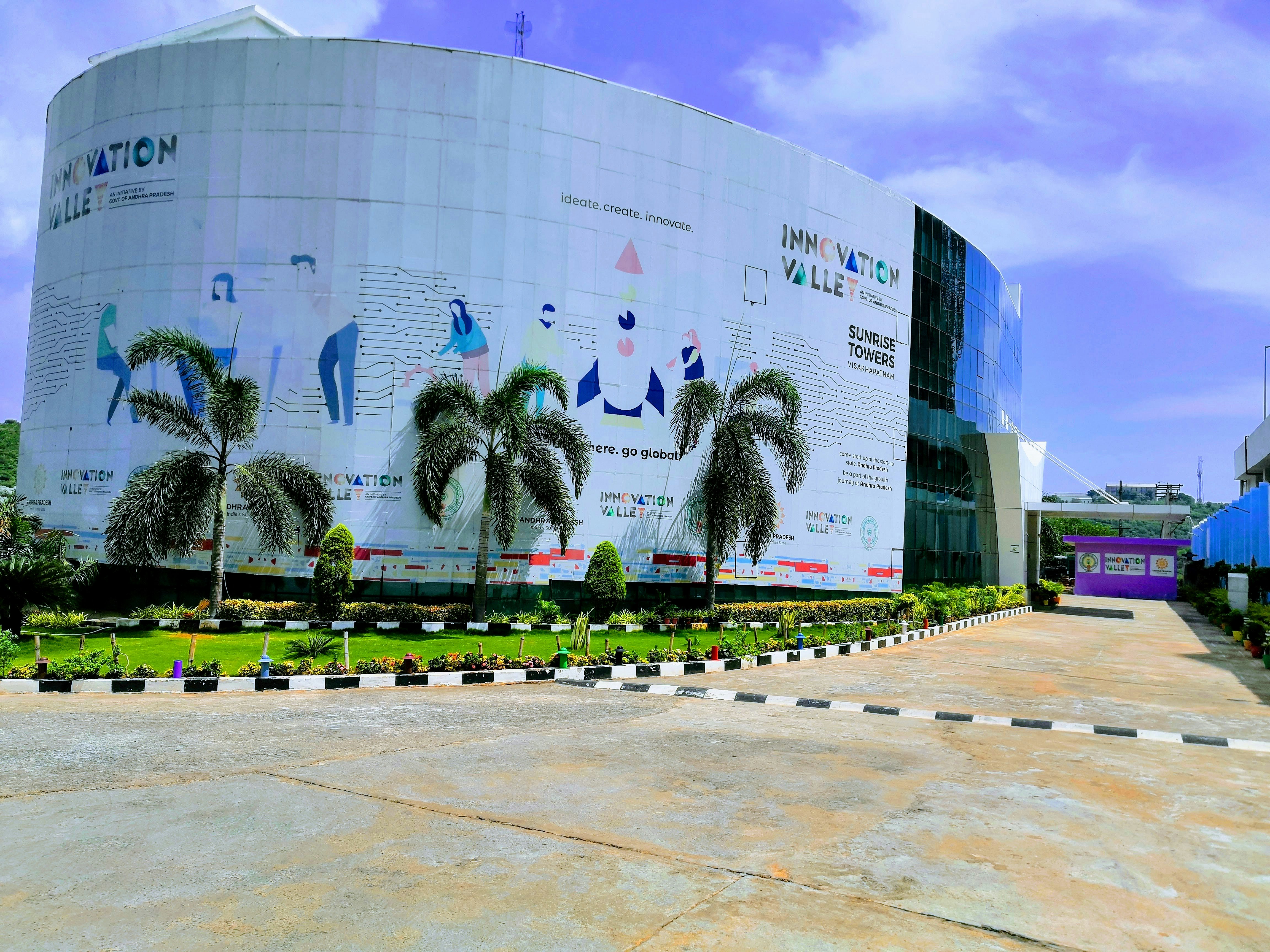Introduction: A Shifting Global Landscape
The global geopolitical landscape is evolving rapidly, with emerging powers redefining their roles on the international stage. Among these, India is poised to significantly alter the balance of power, with projections suggesting it could surpass the United States in multiple fields by the year 2033. This potential transformation can be attributed to various factors, including robust economic growth, advancements in technology, improvements in education, and an expanding diplomatic influence across the globe.
India’s economy has embarked on a remarkable growth trajectory, marking it as one of the world’s fastest-growing major economies. With a youthful population and a burgeoning middle class, the country is positioned to increase its global economic presence. Investments in infrastructure, manufacturing, and digital sectors are further enabling India to catch up with traditional economic powerhouses like the USA. The country’s Gross Domestic Product (GDP) is anticipated to grow at an aggressive pace, enhancing its economic standing on the world stage.
In parallel, India’s technological advancements are reshaping the landscape. The country has emerged as a hub for innovation, particularly in information technology and biotechnology. The rise of start-ups and incubators, supported by government initiatives, offers a conducive environment for creativity and technological development. This growing expertise in tech sectors positions India as a formidable competitor to established leaders such as Silicon Valley in the USA.
Moreover, India’s commitment to improving its education system is yielding dividends in enhancing human capital. By prioritizing skill development and research, India aims to create a highly educated workforce, essential for sustaining its growth trajectory. Lastly, India’s increasing diplomatic outreach and cooperation in international forums underscore its rising influence in global governance, thereby contributing to a more multipolar world. Understanding these dynamic shifts is crucial for grasping how India may outpace the USA in key fields over the next decade.
Economic Growth and Development
India’s economic landscape has witnessed a significant transformation over the past two decades, marked by substantial growth in its Gross Domestic Product (GDP). The country has consistently recorded impressive GDP growth rates, often surpassing the global average. This rapid advancement can be attributed to a combination of domestic policy reforms, increased foreign investment, and a booming services sector. As per projections, India is well on its way to becoming one of the largest economies globally, with estimates indicating that it may outpace the United States by 2033.
One major driver of India’s economic surge is the government’s strategic initiatives, particularly ‘Make in India’ and ‘Digital India.’ These initiatives are designed to enhance manufacturing capabilities and empower the digital economy. ‘Make in India’ aims to transform India into a global manufacturing hub by encouraging both multinational and domestic companies to manufacture their products within the nation, thereby driving job creation and fostering innovation. Similarly, ‘Digital India’ seeks to increase the usage of technology in governance and everyday life, accelerating the growth of digital sectors such as e-commerce, IT services, and internet connectivity.
The rise of the middle class has also played a crucial role in India’s economic development. As incomes rise, consumer spending increases, fueling demand for goods and services and thus stimulating economic growth. This burgeoning demographic is driving change in various sectors, from retail to real estate, significantly impacting domestic production and services. With a population exceeding 1.4 billion, India possesses a vast consumer base that is increasingly adopting modern lifestyle choices, further augmenting its economic aspirations.
Projected economic trends indicate not only robust GDP growth but also a diversification of the economy. The emphasis on innovation, sustainability, and digital transformation is likely to position India favorably against established economies, ensuring that it remains on the path to becoming a global economic powerhouse. India’s commitment to these strategic initiatives, coupled with its demographic advantages, provides a positive outlook for its future economic trajectory.
Technological Advancements and Innovation
India has emerged as a formidable player in the global technology landscape, particularly through its booming information technology (IT) services sector and a vibrant startup ecosystem. The nation has not only developed a robust IT infrastructure but has also exhibited a remarkable capacity for innovation, particularly in cutting-edge fields such as artificial intelligence and biotechnology. This unique blend of talent, entrepreneurship, and governmental support has positioned India on a trajectory to potentially outpace the USA in numerous technological domains.
Key players in the Indian tech sector, including Tata Consultancy Services, Infosys, and Wipro, have laid the groundwork for a thriving IT industry. These organizations have significantly contributed to the global IT services market, competing directly with their Western counterparts. Additionally, the startup culture in India has flourished, with cities like Bengaluru, often dubbed the “Silicon Valley of India,” becoming hubs for innovation and creativity. This ecosystem is supported by a large youth population—over 600 million people under the age of 25—who are not only tech-savvy but also increasingly involved in entrepreneurship and innovative ventures.
The Indian government has played a pivotal role in fostering this environment through initiatives such as Digital India and Startup India, which aim to boost research and development, enhance digital infrastructure, and streamline regulatory frameworks. These policies have encouraged a generation of innovators to pursue advancements in various technological fields, including AI and biotechnology, with significant investments flowing into these sectors. Such governmental backing, combined with a highly skilled workforce, facilitates accelerated growth in technological capabilities.
When compared to the United States, India’s approach to technology and innovation appears uniquely adaptive. While the USA has historically been the leader in tech disruption, India’s diverse market and vast number of solution-oriented startups may ultimately turn it into a competitive adversary. Through persistent efforts and strategic advancements, India is poised to remain at the forefront of global technological evolution.
Cultural and Diplomatic Influence
India’s cultural and diplomatic influence has been steadily rising, positioning the country as a significant player on the global stage. One of the most notable aspects of this influence is the phenomenon of Bollywood, which transcends geographical boundaries and captivates audiences around the world. The vibrant storytelling, music, and dance of Indian cinema not only entertain but also showcase India’s rich cultural heritage, fostering a sense of connection among diverse populations. This cultural export plays a crucial role in enhancing India’s international image, serving as a reflection of its evolving identity.
In addition to the entertainment sector, Indian cuisine has gained acclaim globally. With a diverse array of flavors, culinary techniques, and regional specialties, Indian food has found its place in many countries, increasing interest in Indian culture and lifestyle. This not only strengthens the diaspora’s ties abroad but also attracts tourism and cultural exchange, further promoting India’s soft power.
Beyond cultural means, India’s diplomatic strategy is characterized by strategic partnerships and active participation in international organizations. India has established alliances with various nations, focusing on mutual interests in trade, security, and technology. Initiatives such as the International Solar Alliance showcase India’s commitment to addressing global challenges while positioning itself as a leader among developing nations. Moreover, India’s growing presence in associations like BRICS and the G-20 strengthens its voice in global affairs, enhancing its stature as a counterweight to traditional powers like the United States.
India’s foreign policy moves, marked by a proactive approach to multilateralism, underscore its aspiration to be recognized as a significant global player. By advocating for sustainable development, climate justice, and equitable economic growth, India is not only enhancing its diplomatic influence but also appealing to like-minded nations seeking to challenge dominant narratives. This multifaceted strategy of cultural outreach and diplomatic engagement is essential for India as it aims to assert its influence on the world stage and solidify its role as a leading voice among developing nations.


